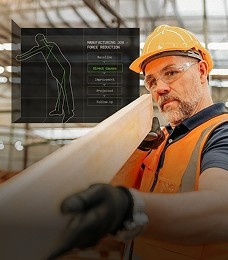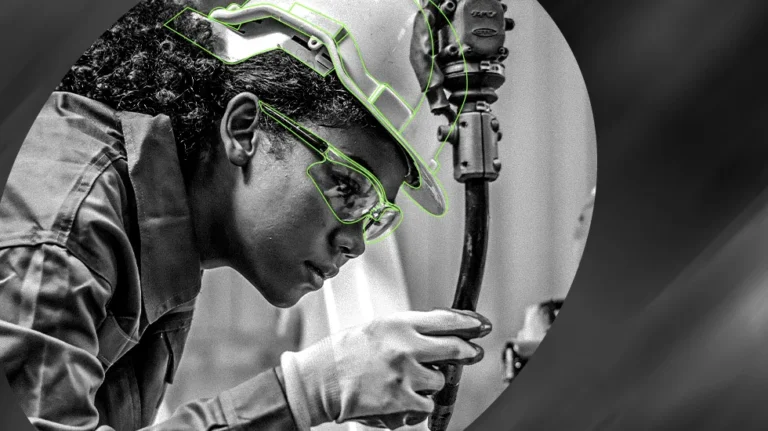by Greg Cresswell, CPE
What is a Physical Demands Analysis?
A Physical Demands Analysis (PDA) is a document that describes the physical and environmental exposures that are required by employees in order to complete job tasks. They come in many forms and take on many different names. For example, your company may call them “Physical Demands Checklists”, “Functional Job Analyses”, “Functional Ability Evaluation”, or any other similar title. Regardless of the title, the information contained inside is relatively the same. PDAs describe the force, frequency, and duration of manual tasks such as lifting, lowering, pushing, pulling, and carrying, as well as environmental conditions such as temperature, noise, and chemical exposures. PDAs are typically controlled by your HR department and should be reviewed and updated regularly or whenever a job changes.
What is a PDA used for?
PDAs have many uses. Generally they are used for three things:
- Pre-employment screening – to ensure new employees or employees with special needs are placed into positions where they are physically capable of completing the assigned work.
- Return-to-work job placement – to ensure that previously injured employees are able to return to positions that comply with any physical restrictions that may have been determined by their physician.
- Determining Personal Protective Equipment (PPE) Requirements – In cases where high forces are required, a PDA can quickly highlight the tasks within a job that may require a lift assist, for example. Whereas, if job tasks require employees to work in areas that have overhead hoists, PDAs will quickly call out that a bump cap is required.
Who should conduct PDAs?
PDAs should be conducted by qualified health and safety professionals and should be written such that they are compliant with the Americans with Disabilities Act (ADA). This becomes important in cases where worker’s compensation claims go through litigation; a properly written PDA can serve as a legal document. To ensure accuracy and completeness, PDAs should also be signed by both an employee and employer representative and then be saved as a controlled document.














